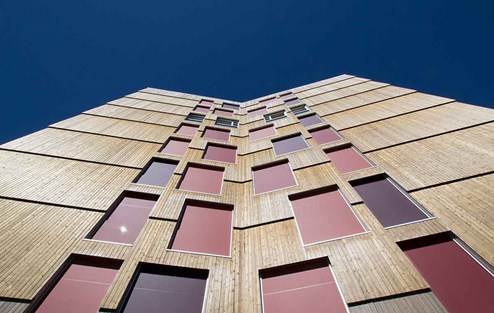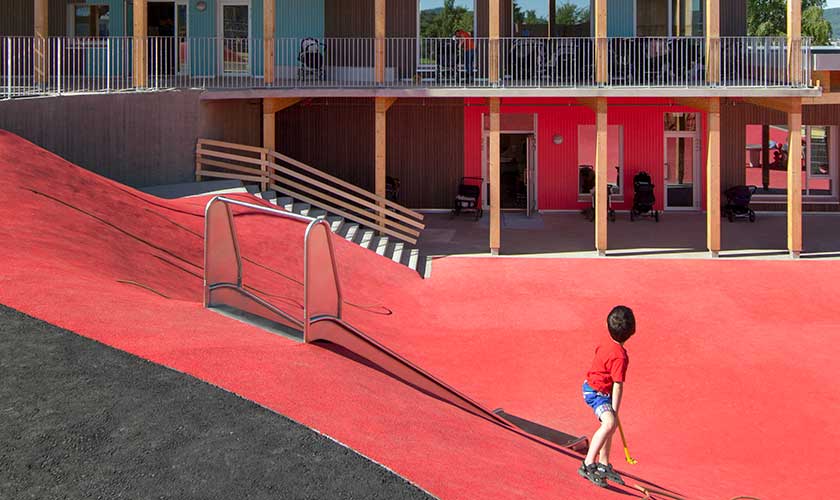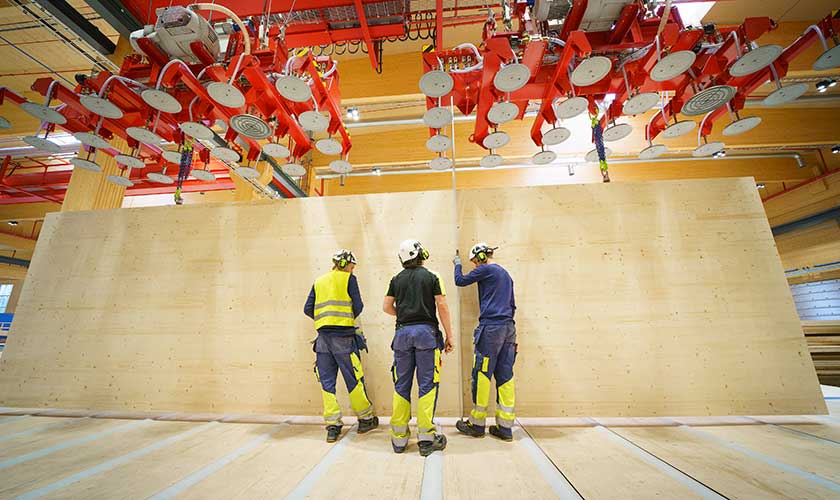How Trondheim in Norway unlocked the key to making the transition
A significant challenge facing urban planners is that they see the multiple benefits of building with wood, but don’t know how to make the transition. Steel and concrete still account for 80% of the raw materials used in construction today.
“City planners need support, data, and education to make the transition to building with wood,” says Sabina Leopa, Deputy Director of Urbasofia, a town and regional planning company supporting several EU urban development projects.
The Northern Norwegian town of Trondheim did it right. Dotted with colourful wooden buildings, the town has a 200-year-old history of wooden construction but in recent years has taken the lead in taking sustainable construction to new heights with wooden solutions.
City planners in Trondheim were happy to share the secret to their sustainable success and gave us their six-pillar approach for cities that want to follow in their low carbon footsteps:
3. Create policy and incentives








